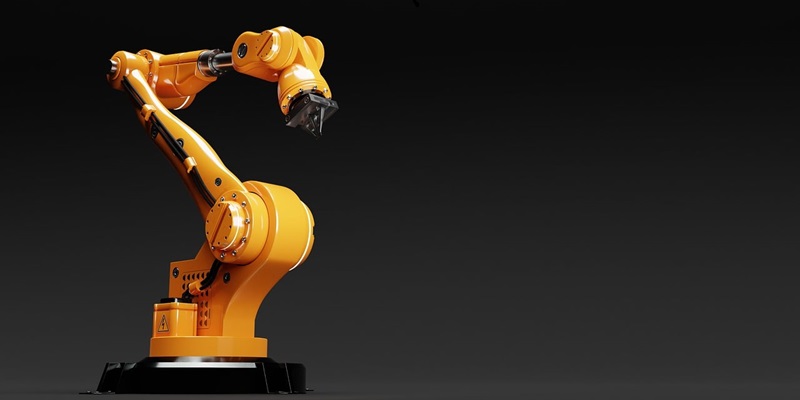As technology advances at a remarkable pace, it is becoming increasingly clear that these advancements have the potential to revolutionize the way robots communicate, learn, look, and are programmed. One particular area that holds immense promise is natural language communication, which allows robots to understand and execute tasks based on spoken or written commands. Agility, a leading robotics company, has been exploring this technology using their bipedal robot, Digit, with remarkable results.
Agility’s Exploration with Digit
For some time now, Agility has been experimenting with the integration of natural language communication technology into Digit, their advanced bipedal robot. This cutting-edge technology has the potential to enable robots like Digit to understand and respond to human commands in real time, facilitating seamless collaboration between humans and robots.
Testing Digit’s Task Execution
To assess the capabilities of Digit, it was presented with various natural language commands of varying complexity without any specific information about the environment or tasks. The objective was to determine if Digit could understand and successfully execute these commands solely based on its ability to comprehend natural language.
Remarkable Success
Despite the lack of task-specific information, Digit exceeded expectations by flawlessly executing the tasks described in the natural language commands. This triumph not only demonstrates the potential of natural language communication technology, but also showcases Digit’s remarkable ability to adapt and perform without extensive pre-programming.
The Power of Natural Language Communication
Natural language communication holds immense potential as a key application for robotics. With the ability to understand and respond to human commands effectively, robots like Digit can be effortlessly integrated into different environments and industries. Furthermore, this technology opens up possibilities for low- and no-code programming, allowing individuals without extensive technical knowledge to program and engage with robots in an intuitive manner.
Unchanged Code, Enhanced Control
One notable aspect of Agility’s exploration with Digit is the fact that the underlying code remained unchanged. This highlights the seamless integration of natural language communication technology into existing robotic frameworks, enabling enhanced control and performance without the need for extensive reprogramming.
Advantages of Fluid and Human-like Control
By harnessing natural language communication technology, control solutions for robots like Digit become significantly more fluid and human-like compared to traditional model predictive solutions. This advancement not only improves the efficiency and accuracy of robot tasks but also enhances the overall user experience and ease of interaction.
Broad and Exciting Applications
The potential applications of natural language communication technology in robotics are broad and exciting. Digit, as a commercially available robotic system already in use at Amazon fulfillment centers and various real-world locations, emerges as a prime candidate for leveraging this technology. Whether it is in logistics, healthcare, or home assistance, Digit’s adaptability and skills make it a versatile and indispensable companion.
Learning to Listen and Work Alongside Humans
If robots are to effectively collaborate with humans, it is crucial for them to learn how to listen and respond to human commands. Natural language communication technology plays an essential role in bridging the gap between humans and robots, facilitating seamless collaboration and enhancing overall productivity.
Agility’s utilization of natural language communication technology with their bipedal robot, Digit, provides an exciting glimpse into the future of robotics. The remarkable success of Digit in understanding and executing tasks based on natural language commands highlights the immense potential of this technology. As we continue to push the boundaries of technological advancements, the seamless integration of robots into various industries becomes increasingly feasible, opening up new avenues for innovation and collaboration between humans and machines.

